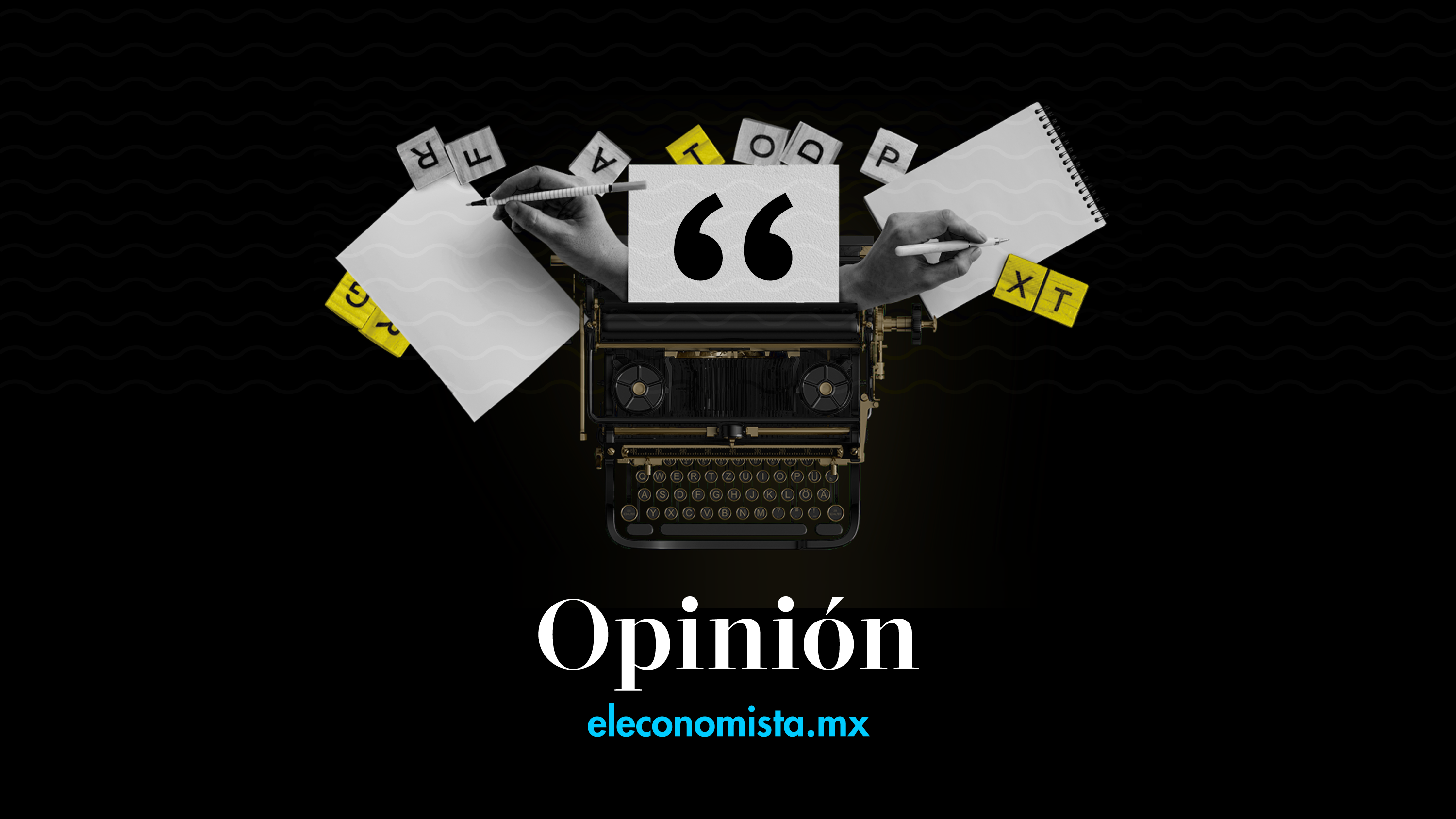Economies require new political tools or extraterritorial coordination. Are the institutions ready?

Politics is the art of looking for and finding problems, misdiagnosing, and then applying the wrong treatments.
Grouch Marx
While political coordination between the Americas and Europe has been missing, robust responses in the US and Eurozone to the global coronavirus (GCR) recession have been similar in size and scope, although we believe their momentum has been lost.
Combined fiscal and monetary support from central banks will reach 30% of GDP by the end of the year, and loan guarantees will reach 50% of GDP.
The Federal Reserve and the European Central Bank have been remarkably quick to implement their actions since the beginning of March. The European Central Bank prioritized its long-term refinancing operations, LTRO, and the Fed focused on quantitative easing, quantitative easing; The two institutions have increased asset purchases and loan programs by 13% of GDP since the start of 2020, which could reach 22% by the end of the year.
Financial support in the United States and Europe has historically been large and rapid, amounting to about 9% of GDP, in contrast to financial support during the 2008-2009 financial crisis.
In the United States, irrevocable loans to small businesses increased the value of fiscal measures to 12% of GDP, while in Europe there was extraordinary generosity in fiscal spending by Germany, and a Franco-German push into a historic recovery fund of 750,000 million euros. , equivalent to 6% of GDP.
Loan guarantees, worth more than 20% of GDP in both regions, provided an additional boost, although they have not yet been fully exploited due to a lack of coordination.
Unprecedented fiscal and monetary support programs helped reverse the trend of tightening financial conditions and avert a major financial crisis.
Importantly, despite policy responses of similar sizes, the damage from the global coronavirus recession (GCR) has been quite uneven. It is seen that the GDP of the euro area fell by about 6.5% in 2020, while that of the states fell by 3.4%, thanks to the fact that fiscal and monetary stimulus made it possible to avoid a deeper economic recession, although given the waste of resources In the future, greater coordination of financial and monetary support will be required in both regions.
As for monetary policy, while the ECB’s balance sheet was twice that of the Fed before the GCR (40% of GDP vs. 19%), both central banks increased their balance sheets by 13 percentage points. We expect the additional purchase and lending programs to increase the balance sheets of the two banks by approximately 22% of GDP by the end of the year.
Most of the Fed’s expansion is due to the resumption of purchases of Treasuries and mortgage-backed securities. Since mid-March, the Fed has bought more than $2.1 trillion in assets (10% of GDP), while the European Central Bank has increased its purchases by only €500 billion (4% of GDP).
On the fiscal front, the amount of additional stimulus was also similar, with both regions increasing their support for the economy by about 9% of GDP.

“Award-winning zombie scholar. Music practitioner. Food expert. Troublemaker.”









